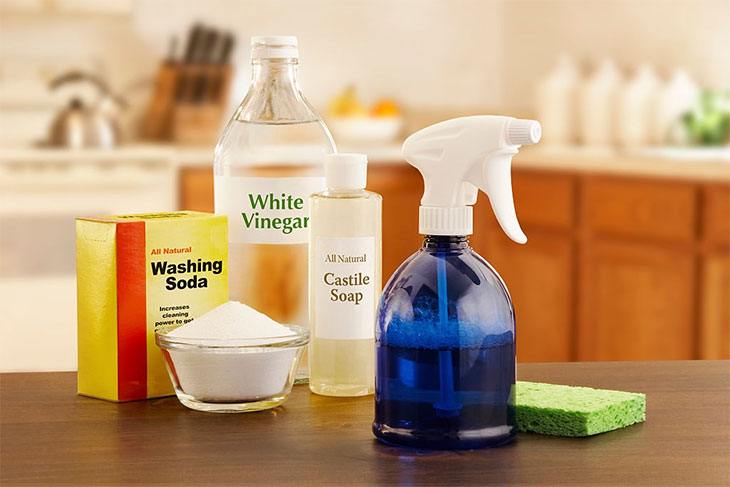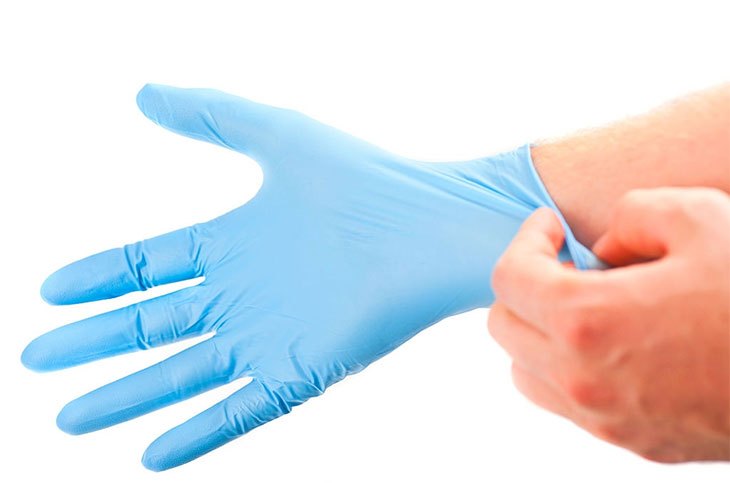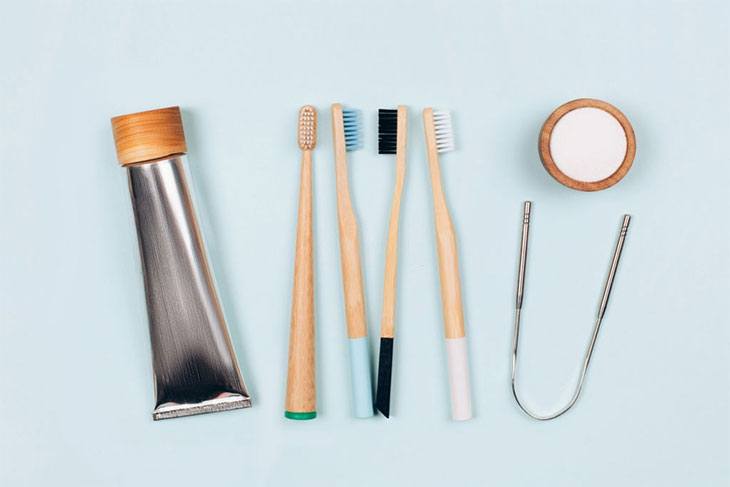Using wood glue as an adhesive is not only simple and cheap, but it is also very durable as well. Many people use it for their Do-It-Yourself (DIY) projects and there are many guides as well on how to use it properly. But if you ever worked on a project and you just weren’t satisfied with the outcome, the durability may become a negative trait.
But there is no need to worry, removing wood glue and starting all over again will be as simple as applying it in the first place.
Just get your materials ready, read through this simple guide on how to dissolve wood glue and prepare yourself for some more woodworking.
More...
Dissolving the wood glue: Your step-by-step guide
1. Before you start
Before you get your hands to work, you’re going to need some much-needed materials just as in any DIY project, so prepare some of the following items that are really cheap:

- White vinegar
- Newspapers, plastic sheet, paper towels
- Some warm water
- A bowl
- Latex gloves
2. Other alternatives
The main dissolving agent that you’re going to use in the following guide for how to dissolve wood glue is white vinegar.
If you don’t have it at home or if you can’t be bothered to go out and get it, here are a few alternatives that could do the same job.
Rubbing alcohol
The first thing that comes to mind is rubbing alcohol; it is another inexpensive item that can be used as a dissolving agent when it comes to wood glue.
You will also have to use it in the same manner as white vinegar, so read the guide carefully and repeat the same steps.
Ammonia
On the other hand, you could also use ammonia, a liquid that is corrosive enough to dissolve the wood glue. But knowing how dangerous ammonia is, you will need to take some safety precautions first.
Get some latex gloves and safety goggle to protect your body while using it. And the process is the same as before, just follow the same steps as for using vinegar.
The only small difference is that you don’t rub ammonia while applying it so that you don’t ruin the structure of the wood.
3. Starting out
First things first, you’re going to place a layer of plastic on your working table, and above it, you’re going to place several layers of newspapers. After you’re done with that, place the glued object or objects on it.
Now in an effort to protect your hands, you’re going to get the before mentioned latex gloves and put them on, do this step especially if you use ammonia.

Diluting the vinegar
Get the white vinegar next to you as well, and place about 2 cups of it in some kind of container, preferably a bowl.
After you fill the bowl with vinegar, try to dilute it so that about 25-30% of the content is vinegar.
Get your towel now and put it in the bowl, get it out and squeeze it so that it isn’t completely soaked in vinegar.
Apply the vinegar
Now it is time to get your towel and rub it into the areas of the wooden object that is glued together.
Keep trying to make direct contact between the glue and vinegar and make sure it is soaked into it as much as possible.
After that, wrap the towel around that area and leave it be for 15 minutes.
Test if you can remove it
When 15 minutes have passed, unwrap the towel and try to remove the two pieces of wood from each other.
Depending on how much glue you used the first time, you might be already done if you didn’t apply much.
But if you applied a lot of glue when working on it previously, you might have some more steps to do. But either way, at this point you will surely feel it loosening up.
Repeat the steps
If the pieces of wood still can’t be removed from each other, you will have to repeat the steps and apply vinegar at least two or even three times to finish it.
But even if at that point you can’t remove it, you will have to repeat the process till you’re able to remove the objects.

So, let’s review the situation
- Put 2 cups of vinegar in a bowl.
- Dilute it well enough so that 30% of it is vinegar.
- Soak your towel with the vinegar.
- Squeeze the towel so that it isn’t completely wet.
- Apply it directly on the glue and let it rest on it for 15 minutes.
4. Getting to the point
Remove the pieces
When you finally come to the part where you’re able to pry apart the pieces of wood, you will notice that the glue itself isn’t solid anymore and that it turned into some sort of paste form.
But the work isn’t done yet, so move the pieces from each other and prepare yourself for more work!
Clean it
Get another towel that is clean and soak it in the warm water you prepared. Squeeze the towel just like you did with the vinegar and make sure it is still hot and wet but not completely soaked.
Now, for both aesthetic and practical reasons, you will want to clean the parts with the leftover glue with your warm towel.
Wipe it all over the area and make sure there is no glue left. Just make sure that the glue is completely removed.
If you need more tries you can freely repeat them just like with the vinegar steps.
5. Get the wood dry
You’re almost done with the whole process and we hope that it was a simple and easy one.
All that is left to do is get some paper towels or usual towels and place them on the wood so that they can soak in all the previously used vinegar and water.
When you’re done, repeat the process until it is at least partially dry. After that place the wood in an area with direct sunlight and let it dry for some time.
After it is completely dried out, you can use it on your next project, but be careful next time so that you don’t have to go through this again!
You now know how to dissolve wood glue so fear the glue no more and start a new woodworking project today.
